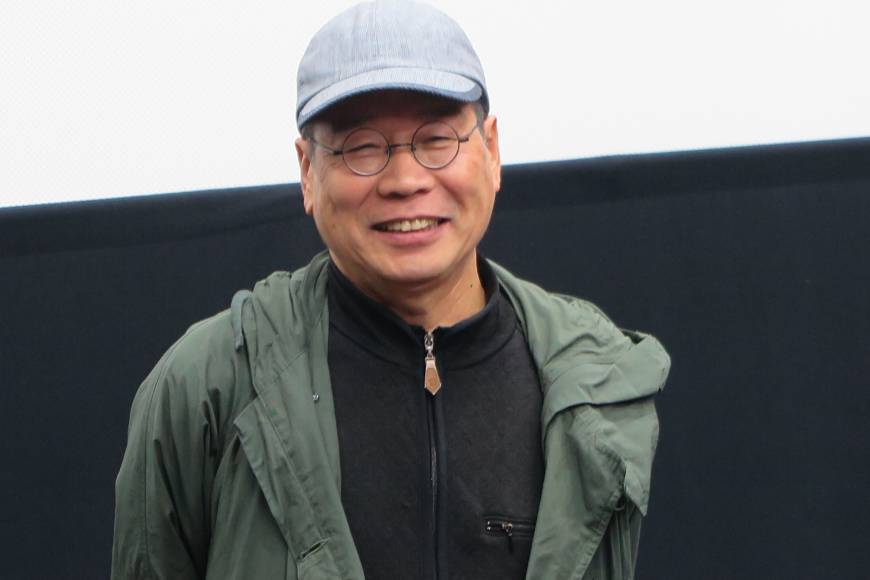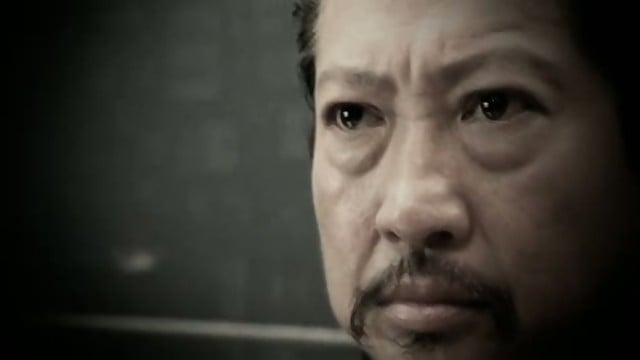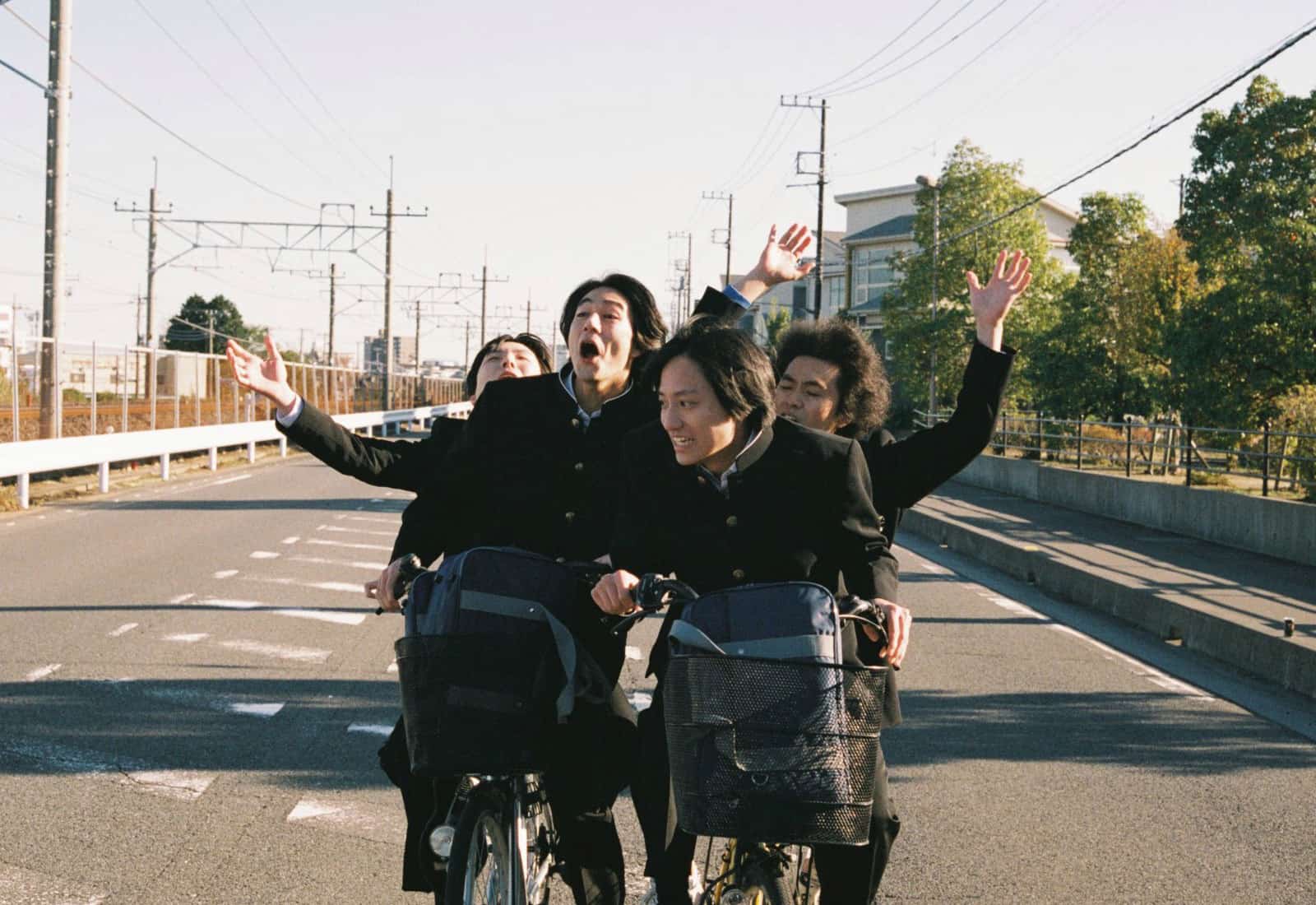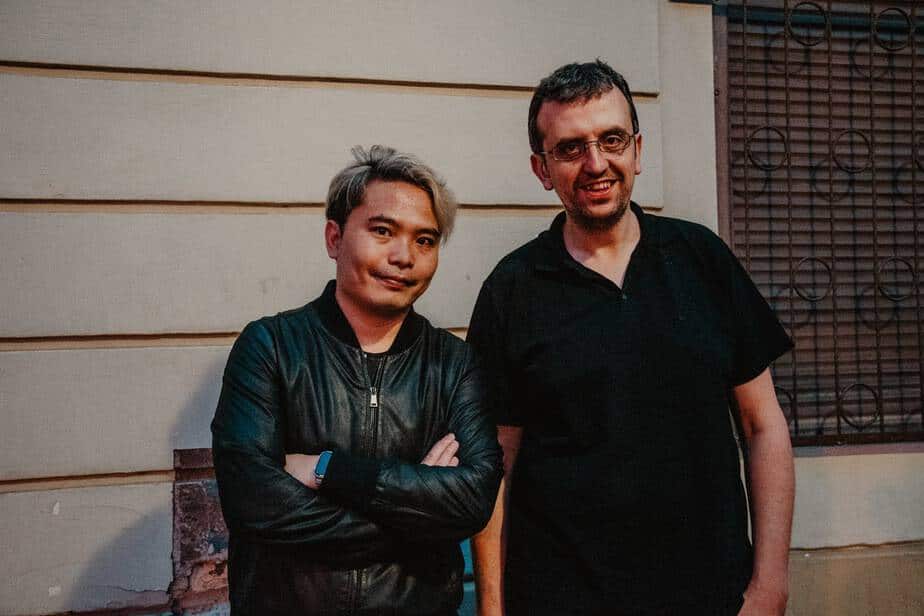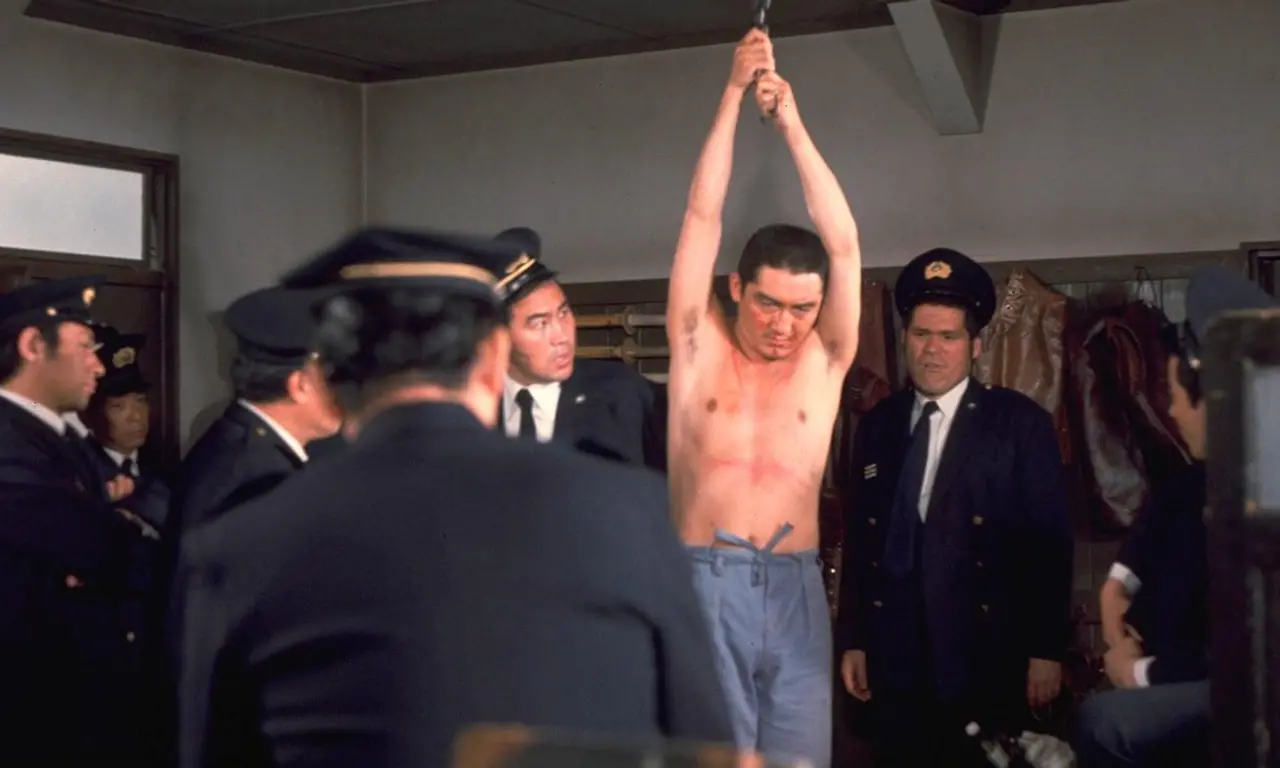One of Japan's foremost documentary filmmakers, Hara made a remarkable debut in 1972 with Goodbye CP after dropping out of university to work at a special education school. Focusing on outsiders and iconoclasts, he has generated international acclaim with landmark works such as Extreme Private Eros: Love Song 1974 (1974), The Emperor's Naked Army Marches On (1987) and A Dedicated Life (1994). In 2005, Hara released his first fiction film, The Many Faces of Chika.
On the occasion of Sennan Asbestos Disaster screening at Japan Cuts 2018, we speak with him about the Asbestos problem, his methods of documentary filmmaking, the role of the filmmaker in documentaries, his influences, and the character of Japanese people.

*Interview conducted by Nathan Last, questions provided by Alexander Knoth and Nathan Last
How / or when did you first came in contact with the Asbestos problem in Japan?
This film took ten years to make, so essentially, it was ten years before when I first learned of this issue.
How did you approach the victim groups? During the shooting process, did you experience a transformation process from an outsider to a member of the movement? Do you feel a part of the movement?
Whenever I make a film, what is most central in my focus is the subject of the film's emotions and portraying them as deeply and honestly as possible and taking a vis-a -vis attitude towards the subjects, that enables them to be honest and open. That is the most important thing in this film and all my past films, treating subjects like this.

In all of your movies, you work within a very private zone. How do you deal with the privacy of your protagonists? How many preparation talks with your protagonists do you have before you start shooting?
Me and my stuff, we don't approach this with any sort of technique or method, we just approach the subjects we want to make a film about and say to them “Hey, we want to make a film about you, we want you to share your feelings with us”. By presenting this honestly and sincerely, we get them to express their feelings, for example for someone who is dealing with an illness, we ask him, “how are you suffering, please share this with us.If you have lived a long life and you had some experiences in the past, how so, how were these experiences fun for you?” etc. So essentially, sincerely asking people to open up and share their experiences and emotions like that.
It is very difficult to deal with topics like death and disease. Normally, at least in the Western world, people try to avoid these topics. What is your opinion about the importance of pushing these topics more into the public discourse and making them a major part of a movie and actually showing raw images of death and disease?
We must know what the truth is, but people want to hide, people do not want to reveal many things, especially about the darkest situations. By figuring out and listening from those people what they are trying to keep from being revealed and as you bring these things out is t where you find the resolution, where you find the answer to what you were asking initially, which is the truth, what must we know about this.
In addition to that: How would you describe the role of the filmmaker? In what kind of way can the director of a movie shape the perception of reality?
Again, there is nothing special, not a special approach per se, and for example in this case, we were dealing with a lot of older people who had a lot of life experience, they lived a long time and they had a lot of stories to tell. And I like listening to people's stories, I want to hear about how they lived their lives, I want them to share their stories with me. Therefore, it is a sense of creating a connection between them, where their reactions to the stories they are telling you further creates the connection between you so that they feel very comfortable in revealing those things.
So, it is actually the subjects themselves that tell the story instead of Mr Hara himself having to create the story?
Typically, the approach to begin your film (you are working with a subject, it is a documentary) so the director will discuss the subject of the project, he will discuss the direction they want the film to take, what they are trying to achieve by being the subject of the film, for example. Then they decide that this is the kind of film that we want to make and then it is made. But in this case, dealing with these elderly Asbestos victims, these are people who really don't know what it is they want to say through the film to the world, what it is they are trying to express. They do not have that sense of what they are trying to achieve through doing a film and what they are supposed to say in this type of thing. Therefore, for me, this comes as an extreme challenge because they are just normal older people who probably did not plan on being on a film and that's my editorial there.
So it is very difficult to decide with them what it is they want to say and how to say it. In order to deal with that challenge, what I did was, you just have to sit there and wait. There are so many victims, so many of these subjects in this film. Therefore, I spent time with them, and just based on my judgment, because I got to know them, I have been talking to them a lot, what I felt was that, “ok, they are at that point now where they are ready to express something”. I feel it and then I start the camera. I make the judgment on the fly, in that space, this person is ready to talk, that person is ready to talk, and then record that person's feelings and then I got it. The key point is waiting for that opportunity to emerge, which, in this case, was a unique challenge.

In the 1970s and 1980s, Noriaki Tsuchimoto shot several documentaries about the „Minamata-Disease“, where he focused on the victim‘s groups and their fight for compensation. Also, Sato Makoto shot a very well directed movie called „Living on Agano river“ (1992) about the Niigata Minamata disease. Do you see your movie in any kind of relation to these movies or filmmakers?
Yes, I was very much aware of these films when I was making this. And you know, when you are a young filmmaker starting out, you try to learn from your senpai, your established elder colleagues. For me, we were in the post-war era that influenced me; there was Shinsuke Ogawa and Tsuchimoto's documentary about Minamata. Those films had the biggest influence on me. When I was learning from them, my thought was on how can I make a film where I can learn from their craft, how can you do that, take what you learnt from these filmmakers and make something even more expansive. What I realized is that focusing on the groups of people was something that they may have not examined as much.
So, this dichotomy of examining the group dynamics of victims is one of my focal points. When I was doing this film about mercury poisoning, I went to these groups, and the point was the group dynamic and how that interacts with the individual dynamics. That individual power, that expressive power was something that in the post-war era was getting suppressed in Japan, was disappearing. Therefore what I was trying to do is make sure that I am getting what I can from this group dynamic of these victims group, while at the same time, focusing on the individuals within those groups and the truth that comes out through the dynamic that is placed between this dichotomy
There is the prevailing opinion that the Japanese tend to be calm, quiet and try to avoid conflict. Your movies often show the exact opposite. In your movies, Japanese are loud, angry and aggressive. That is meant in a positive way. Because these people are passionate about something. Does it need these movies to remind the Japanese society of their own power; that people can unite and change things?
I was born in 1945, just as the post war capitalistic system began to take hold in Japan, so in a way, as capitalism developed in Japan, I was growing up. As I was growing up, I was getting the sense that this capitalistic system cannot get too strong, particularly regarding the suppression of the individual. I felt that, as the current Prime Minister Abe is trying to destroy individualism, there was a similar period in my youth where society was challenged in a similar way, but people realized that they had to express their individual power, otherwise it was going to be wiped out by the authorities. It is that period that influences me now and I think that this force is becoming even weaker, and I am actually really annoyed by people who do not express themselves and do not speak up about social problems, and that really makes me angry. And you can tell that in this film, I feel this in my interaction with the subjects and the message ends up being, “yes you fight but you have to do more. “Hey Japanese people, get angry,” was that I ended up emphasizing here.


